The aromatic allure of Libyan Qahwa extends far beyond its steaming liquid form - it's an entire sensory experience deeply rooted in the country's cultural fabric. At the heart of this tradition lies an intricate alchemy of spices that transforms simple coffee into a ritualistic elixir. Unlike the standardized coffee blends found in global chains, Libyan Qahwa represents a living tradition where each family's spice combination tells its own story.
Qahwa in Libya isn't merely a caffeine delivery system but rather a centuries-old social institution. The preparation begins with green coffee beans that are carefully roasted to a medium-dark level in small batches, often in specialized brass roasters called mihmasa. This artisanal approach allows for precise control over the roast profile, which directly impacts how the spices will interact with the coffee's natural flavors.
The spice blends used in Libyan Qahwa vary by region and family tradition, but certain core ingredients appear consistently. Cardamom reigns supreme as the foundational spice, its citrusy, herbal notes providing the backbone of the flavor profile. Libyan cardamom tends to be slightly more pungent and resinous than the Indian varieties commonly found in Western markets, with a distinctive earthy undertone that comes from the desert climate where it's often sun-dried.
What makes Libyan spice blending particularly fascinating is the layering technique employed by experienced Qahwa makers. Whole spices are typically added at different stages - some during the roasting process, others during brewing, and occasionally a final dusting of powdered spices when serving. This creates a complex flavor journey that unfolds sip by sip rather than delivering a single overwhelming spice note.
Beyond cardamom, other common spices include clove (used sparingly due to its potency), saffron (particularly in western Libya where the spice trade routes historically converged), and occasionally a whisper of cinnamon. Some coastal communities incorporate dried rose petals or orange blossom, creating a floral dimension unusual in North African coffee traditions. The eastern regions near Egypt might include ginger or black pepper for added warmth.
The preparation vessels themselves contribute to the flavor profile. Traditional jebena pots, made from local clay or sometimes brass, absorb and retain spice oils over years of use. This creates a seasoning effect similar to a well-used cast iron skillet, where each brewing adds depth to the next. Modern stainless steel pots simply can't replicate this cumulative flavor development.
Spice quantities represent closely guarded family secrets passed through generations. A typical household might use anywhere from 5-15 different spices in varying proportions depending on the occasion. Wedding Qahwa tends to be more heavily spiced and sweetened than daily versions, sometimes incorporating rare ingredients like musk or amber as displays of hospitality and wealth.
Contemporary Libyan spice merchants still source many ingredients through traditional networks that stretch across the Sahara. The spice souks of Tripoli and Benghazi display mounds of aromatic treasures - from Zanzibar cloves to Yemeni cardamom - each vendor offering their own proprietary Qahwa blends. Bargaining for the perfect mix remains an art form, with discussions about origin, freshness, and blending techniques often stretching over multiple cups of the very coffee being discussed.
The health benefits attributed to spiced Qahwa form an important part of its cultural significance. Many Libyans believe the drink aids digestion (particularly after fatty meals), boosts immunity during winter months, and even enhances mental clarity. Modern science has confirmed that several traditional Qahwa spices do indeed contain bioactive compounds with anti-inflammatory and antioxidant properties.
Climate change presents new challenges to this ancient tradition. Some key spices now face supply uncertainties as growing regions experience shifting weather patterns. Libyan families report increasing difficulty finding the exact cardamom varieties their grandparents used, forcing subtle but noticeable adjustments to time-honored recipes. This has sparked interest in domestic spice cultivation experiments, particularly in the highlands of Jebel Akhdar.
Among the Libyan diaspora, Qahwa spices have become powerful cultural connectors. Expat families often go to great lengths to source authentic ingredients, sometimes receiving care packages from relatives back home containing the precise spice mixes needed to recreate the taste of memory. Community gatherings frequently feature debates about proper spicing techniques, with each participant adamant that their family's method represents the "true" Libyan Qahwa.
Tourists encountering properly prepared Libyan Qahwa often describe it as revelatory - completely distinct from both Turkish coffee and the cardamom-spiked brews of the Gulf. The spice balance achieves something remarkable: simultaneously bold and subtle, immediately recognizable yet impossible to perfectly replicate. This paradox lies at the heart of Qahwa's enduring magic.
Recent years have seen some Libyan entrepreneurs attempting to commercialize Qahwa spice blends for international markets. However, purists argue that the essence of the tradition lies in its variability and personalization - qualities that mass production inevitably diminishes. The most successful exports have been small-batch artisanal mixes accompanied by detailed preparation instructions emphasizing the ceremonial aspects.
As Libya navigates its complex modern trajectory, Qahwa spices remain one of the few unifying cultural elements crossing regional and political divides. The ritual of preparing and sharing spiced coffee continues to provide a space for conversation and connection, just as it has for centuries. In a rapidly globalizing world, this aromatic tradition offers both comfort and continuity.
The future of Libyan Qahwa spices likely lies in balancing preservation with innovation. Younger generations are experimenting with incorporating new world spices like vanilla or cacao nibs while maintaining respect for traditional flavor structures. Documenting family recipes has become a point of pride for many, ensuring that even if preparation methods evolve, the knowledge of original spice combinations won't be lost.
Ultimately, what makes Libyan Qahwa spices so special isn't just their flavor profile but their role as keepers of stories. Each pinch of cardamom, each carefully measured clove carries with it generations of hospitality, resilience, and shared humanity. In a single cup, one tastes not just spices, but the very soul of Libyan culture.
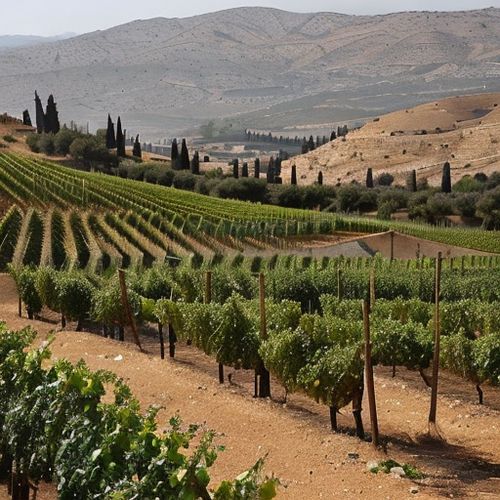
By Jessica Lee/May 10, 2025
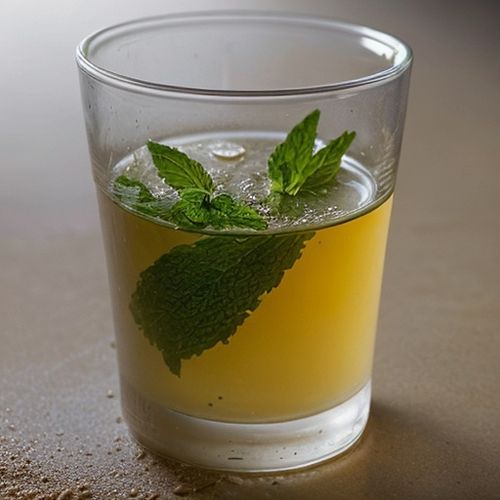
By Victoria Gonzalez/May 10, 2025
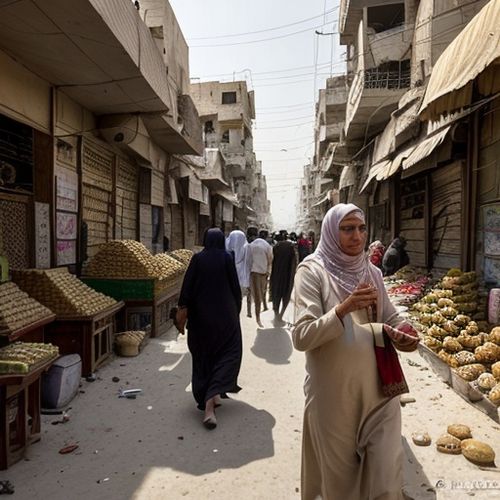
By Noah Bell/May 10, 2025
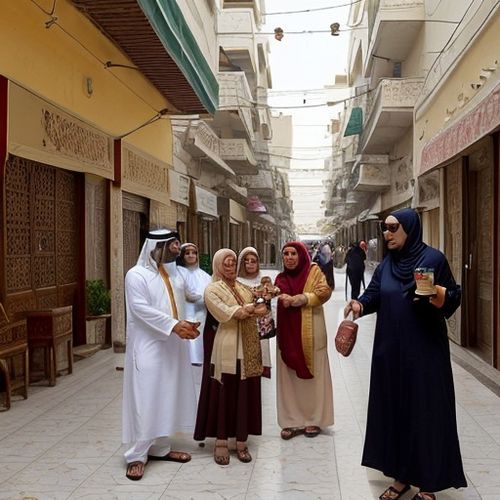
By Benjamin Evans/May 10, 2025
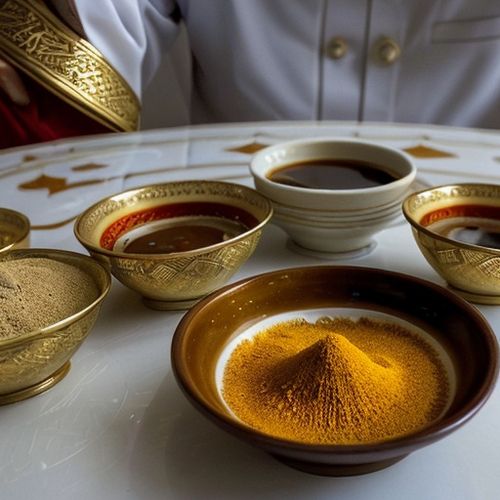
By Rebecca Stewart/May 10, 2025
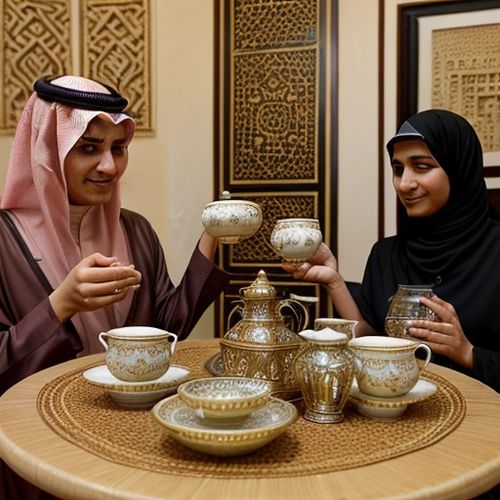
By Daniel Scott/May 10, 2025
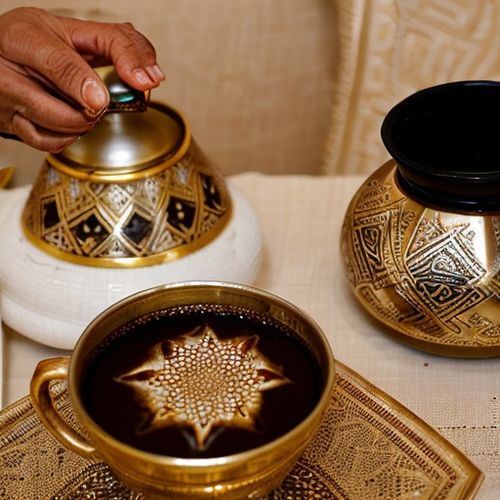
By Samuel Cooper/May 10, 2025
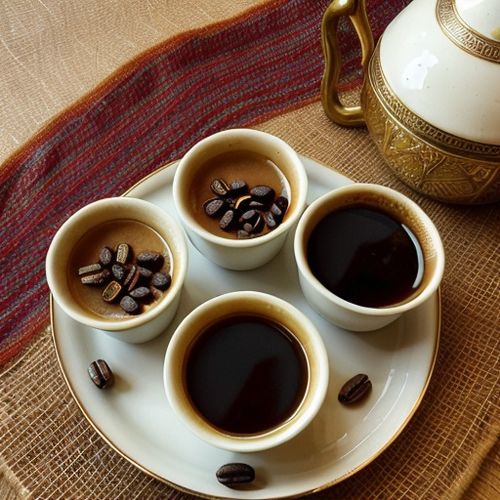
By Ryan Martin/May 10, 2025
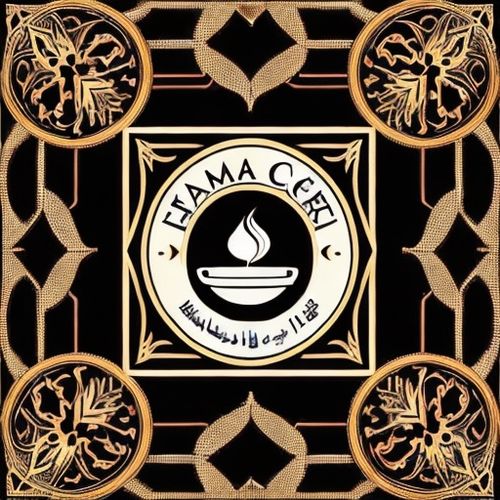
By James Moore/May 10, 2025

By Rebecca Stewart/May 10, 2025
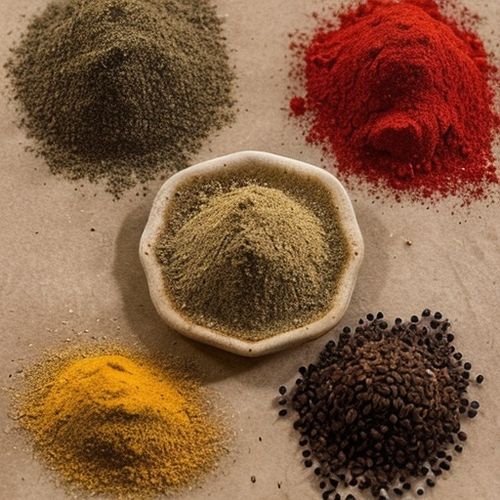
By Rebecca Stewart/May 10, 2025

By Thomas Roberts/May 10, 2025

By Grace Cox/May 10, 2025

By Sophia Lewis/May 10, 2025
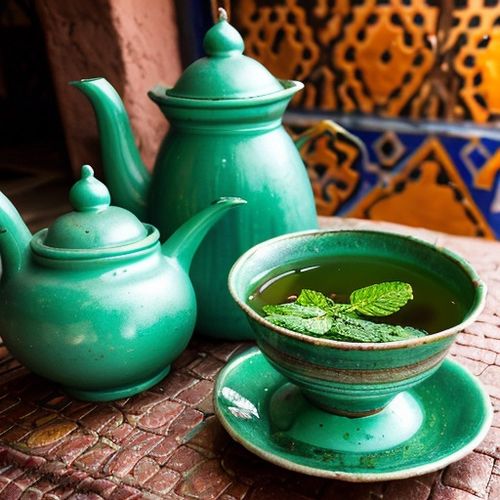
By Sophia Lewis/May 10, 2025
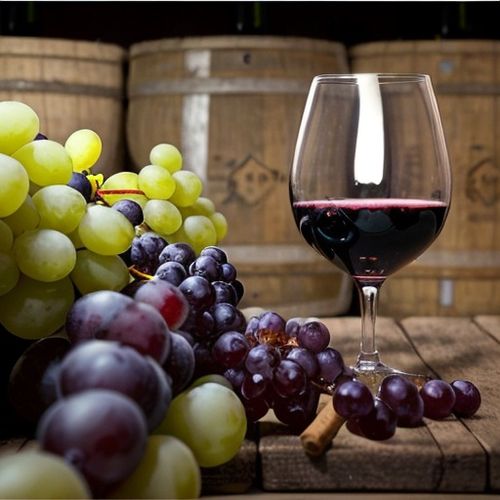
By Daniel Scott/May 10, 2025
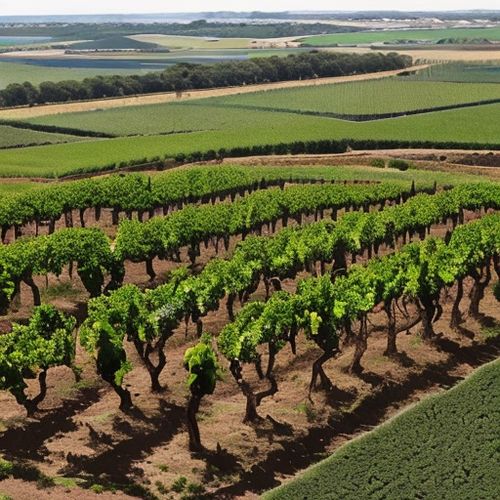
By Amanda Phillips/May 10, 2025
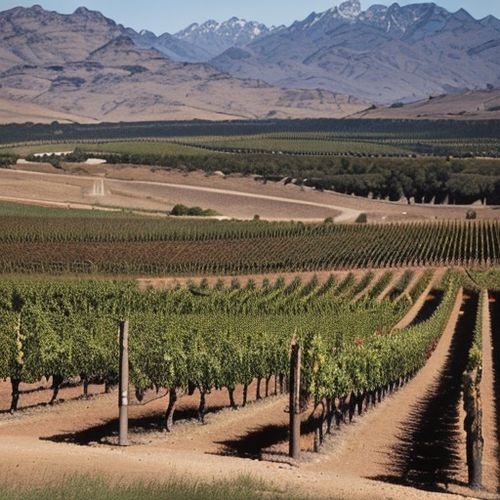
By Lily Simpson/May 10, 2025
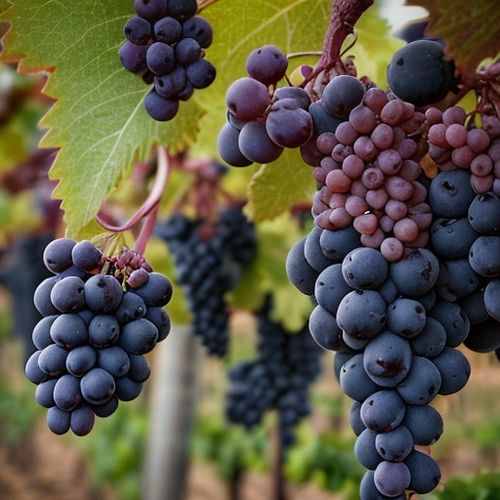
By Natalie Campbell/May 10, 2025

By Olivia Reed/May 10, 2025